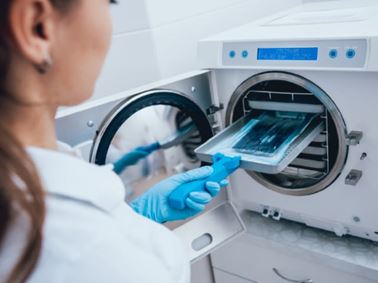In the realm of modern healthcare, patient-centricity has emerged as a guiding principle, emphasizing the importance of placing patients at the heart of all medical endeavors. A crucial aspect of ensuring patient-centered care is the rigorous testing and evaluation of medical devices. These devices play an indispensable role in diagnosing, treating and monitoring various medical conditions, making their reliability and safety paramount. Medical device testing is a meticulous process that involves a series of assessments, from the early stages of development to post-market surveillance. The primary objective is to guarantee that these devices meet stringent quality standards, adhere to regulatory requirements and most importantly, provide optimal outcomes for patients. This commitment to excellence in testing not only safeguards patients but also fosters innovation and advancement within the medical device industry.

At the forefront of medical device testing are research and development teams, working diligently to design and refine novel technologies that cater to specific patient needs. They collaborate with healthcare professionals, engineers and regulatory bodies to ensure that each device is tailored to deliver precise results and contribute positively to patient care. By engaging clinicians and incorporating their expertise, these devices are designed to seamlessly integrate into existing healthcare workflows, minimizing disruption and enhancing overall patient experience. One of the core pillars of medical device testing is validation for safety and efficacy. Rigorous evaluation protocols, including bench testing, animal studies and clinical trials, are conducted to assess the device’s performance and potential risks. This exhaustive process allows for the identification and mitigation of any issues before the device reaches patients, significantly reducing the likelihood of adverse events and improving overall patient outcomes go to site. Furthermore, the concept of patient-centric excellence extends beyond the device’s technical aspects. Human factors engineering is a critical element of testing that focuses on understanding how users interact with the device. By evaluating the device’s usability and ergonomics, human factors engineering ensures that patients and healthcare providers can utilize the technology efficiently and effectively. Such an approach minimizes user errors, streamlines workflows and empowers patients to take an active role in managing their health.
Moreover, medical device testing contributes significantly to evidence-based medicine. Robust clinical data collected during the testing process aids healthcare professionals in making informed decisions about device selection and treatment strategies. It allows them to tailor interventions to individual patient needs, leading to more personalized and effective care. Additionally, long-term post-market surveillance ensures that any potential safety concerns are promptly identified and addressed; guaranteeing continued patient safety and device efficacy throughout its lifecycle. As medical technology continues to advance rapidly, the landscape of healthcare is undergoing a profound transformation. The continuous pursuit of patient-centric excellence through meticulous medical device testing serves as a driving force behind this progress. By placing patients’ well-being and needs at the forefront, healthcare professionals and device manufacturers are forging a path toward better health outcomes and improved quality of life for patients worldwide.
